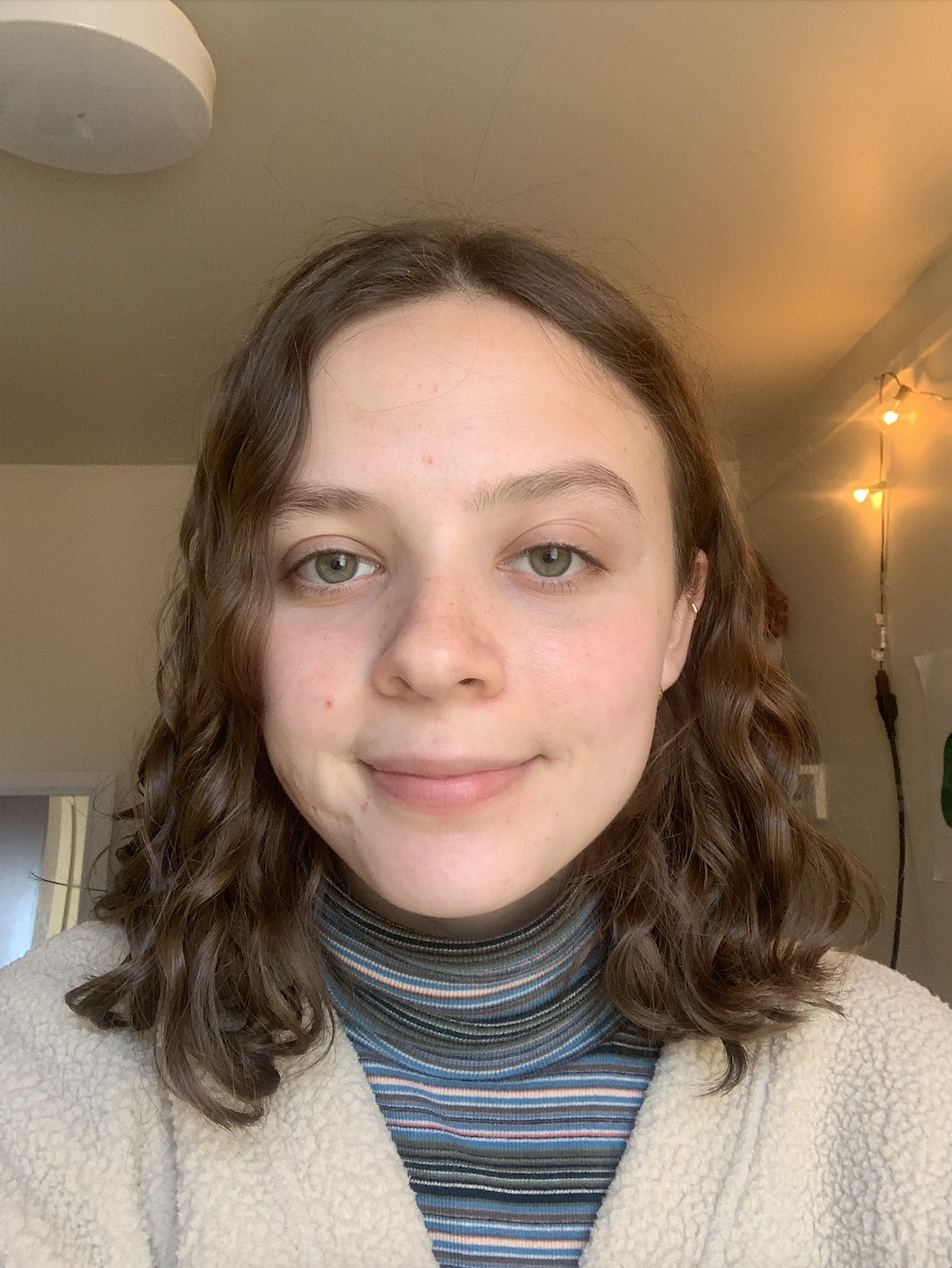Abstract: The brain represents different categories of visual stimuli through distinct patterns of neural activity. Much of the evidence for this idea comes from functional magnetic resonance imaging (fMRI) in humans. However, fMRI is an indirect measure of neural activity that has low temporal resolution, limiting its ability to accurately capture the temporal dynamics of neural representations. In contrast, physiological methods such as scalp electroencephalography (sEEG) provide direct measures of the brain’s electrical activity with high temporal resolution, which could elucidate how neural representations change over time in the human brain. Currently, it is not known how reliably sEEG data can be used to identify representations of visual stimuli. To address this, we collected data from 5 participants while they encoded word-object and word-scene pairs presented on a computer. We then asked whether sEEG activity differed based on the two trial types (objects vs scenes). We applied a standard univariate analysis approach to individual electrodes and spatially circumscribed regions of interest on the scalp and found no significant differences in activity for object vs. scene trials. We then applied two multivariate methods to classify object vs. scene trials based on spatially distributed patterns of activity. We found that participant-specific logistic regression and support vector machine (SVM) classifiers could differentiate between object and scene trials in some participants using evoked sEEG activity (LR best performance = 0.5395; SVM best performance = 0.541). Our analysis shows that sEEG data can be used to classify an individual brain’s response to visual stimuli, and suggests multivariate analysis methods could be used to study how the brain processes information over time.
Video:
Live Poster Session:
Thursday, July 29th 1:15-2:30pm EDT


